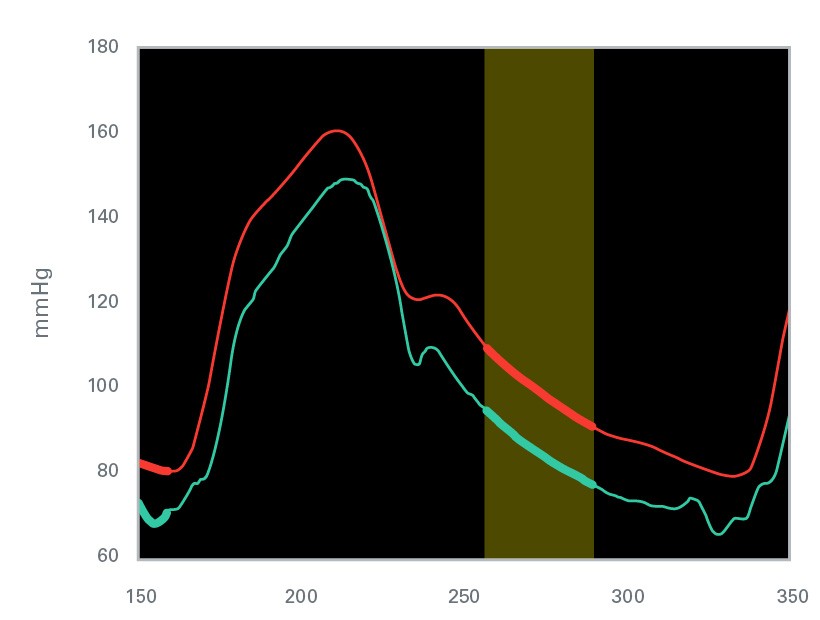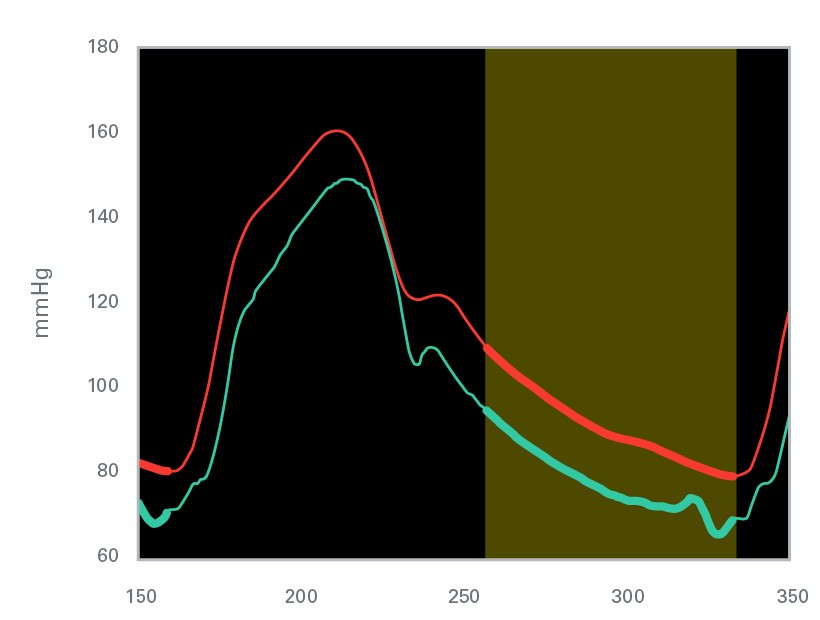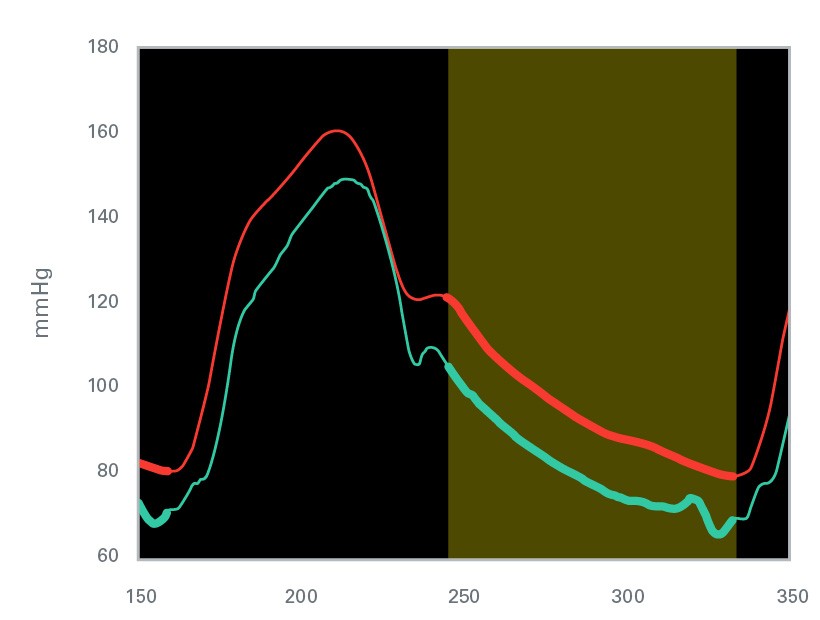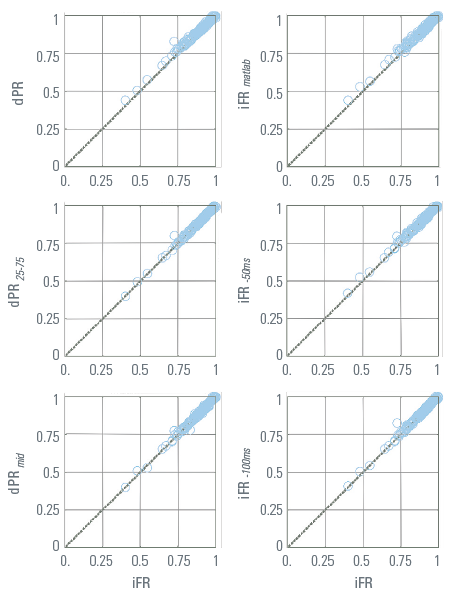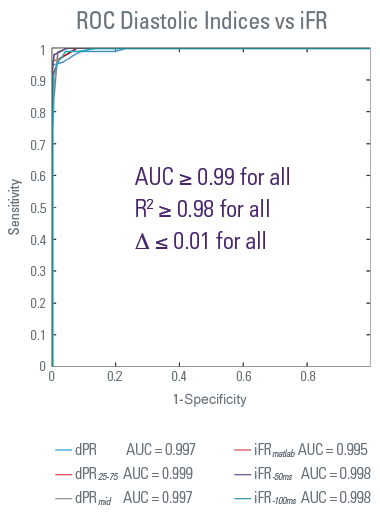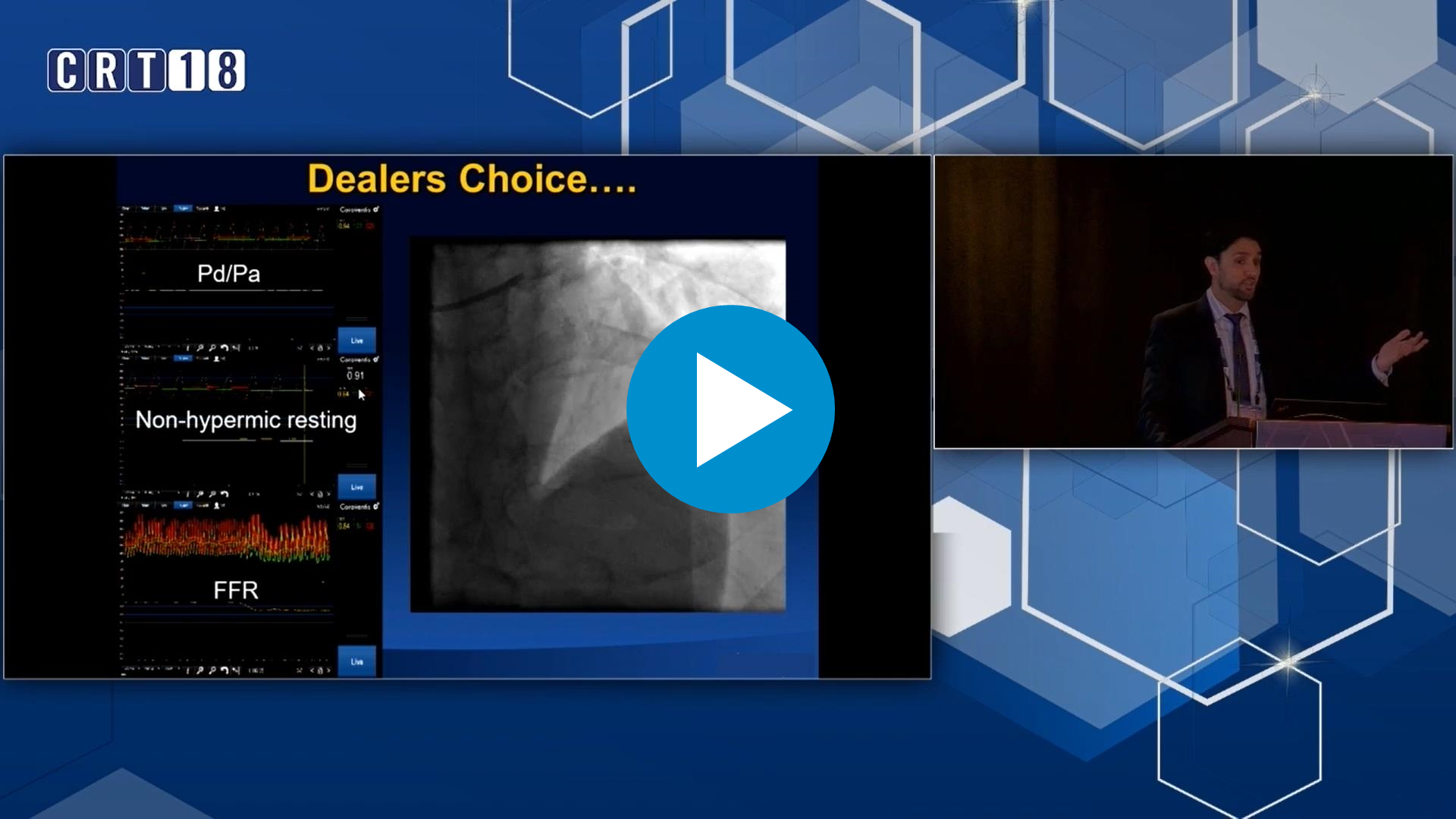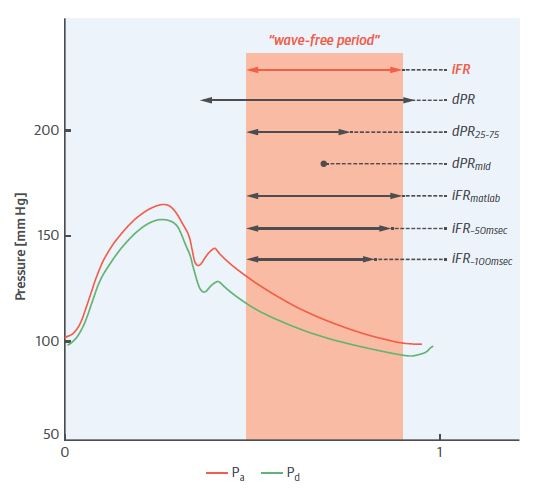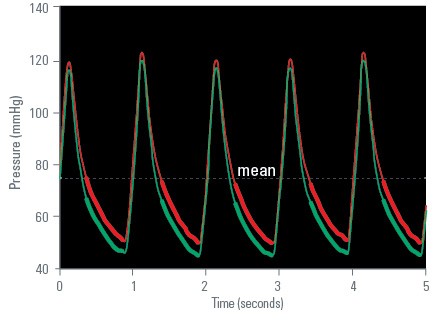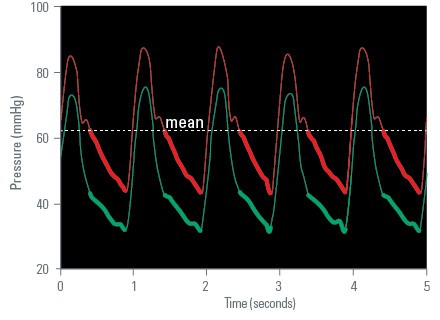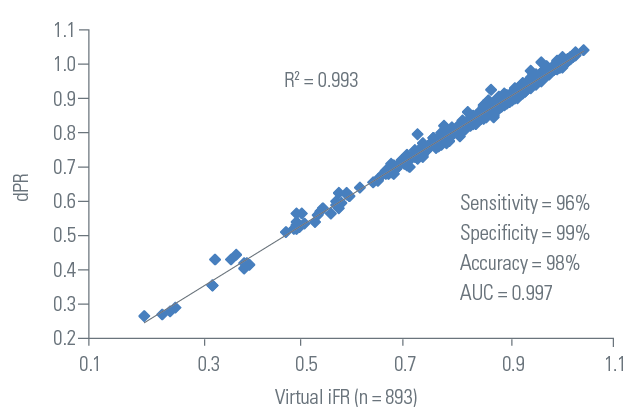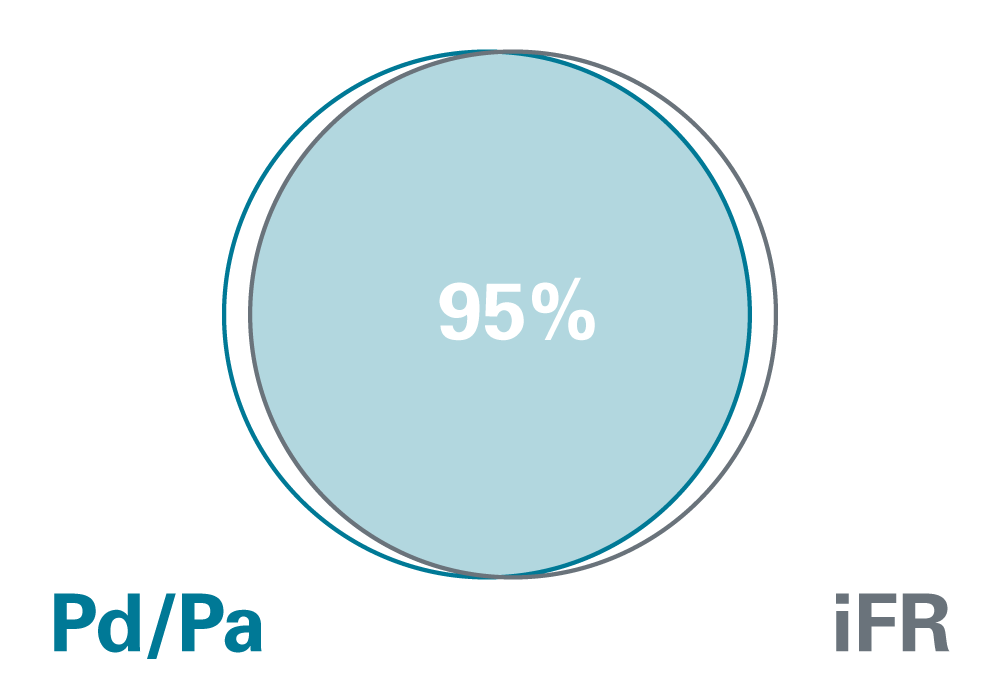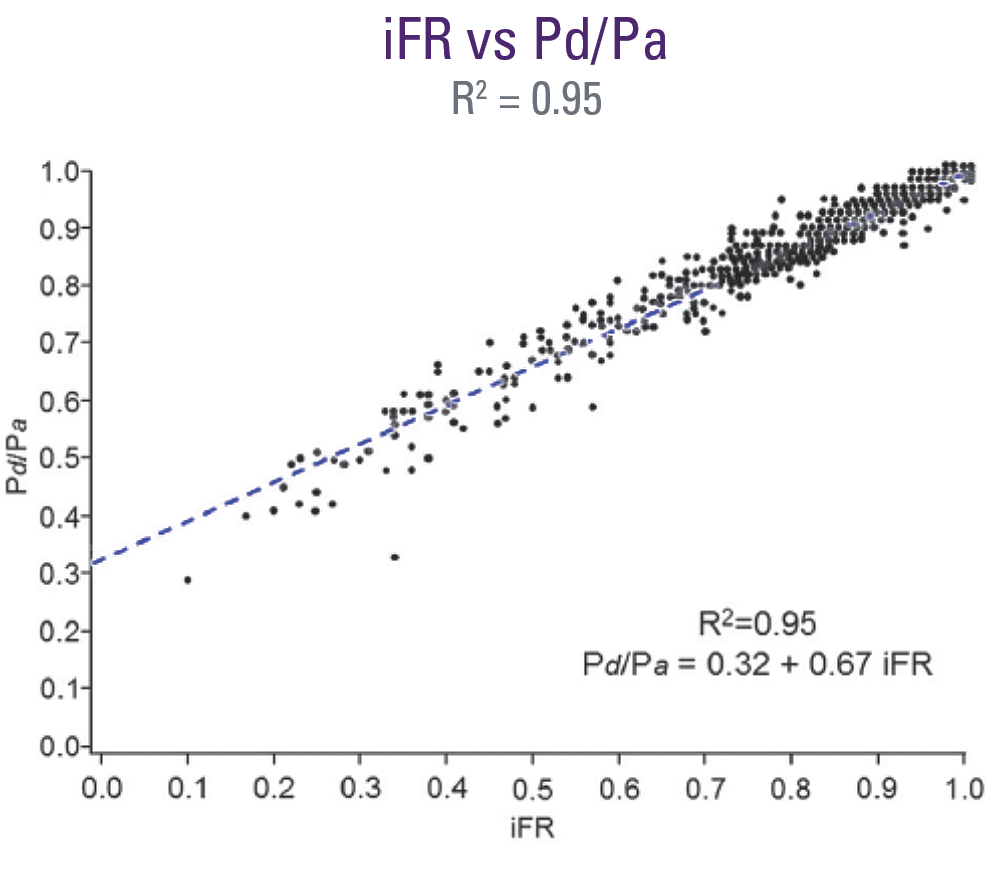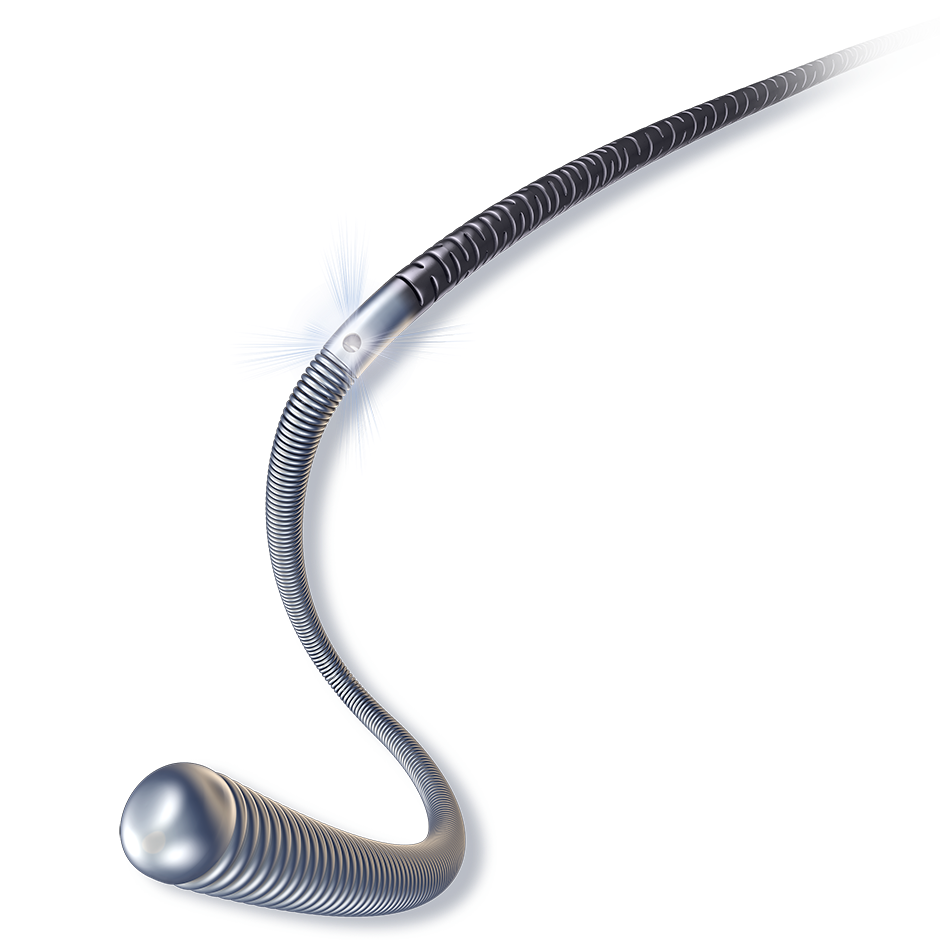POLARIS
Multi-Modality Guidance System
What is dPR?
dPR is a diastolic pressure ratio. Measuring different parts of diastole yields results that are numerically identical.
dPR = iFR - 6 Definitions of Proof1,2
Selecting the wave-free period is not necessary for calculating results numerically identical to iFR.
COMPARISON OF DIFFERENT DIASTOLIC RESTING INDEXES TO IFR1
Read the latest JACC publication that compares different diastolic resting indexes to iFR and learn why all diastolic resting indexes tested were identical to iFR, both numerically and with respect to their agreement with FFR.
Boston Scientific’s Diastolic Pressure Ratio Definition
Methodology
- dPR values were compared to iFR values using 893 waveform tracings from 833 patients pooled from the VERIFY 2 and CONTRAST studies
- The dPR window uses two criteria: Pa < mean Pa and down-sloping Pa
- Does not require ECG signal
- No need to identify dicrotic notch
dPR is as Accurate to iFR as Two iFR Measurements are to Each Other
VERIFY 2: dPR is within the Intra-iFR Variation of ~0.01*,3
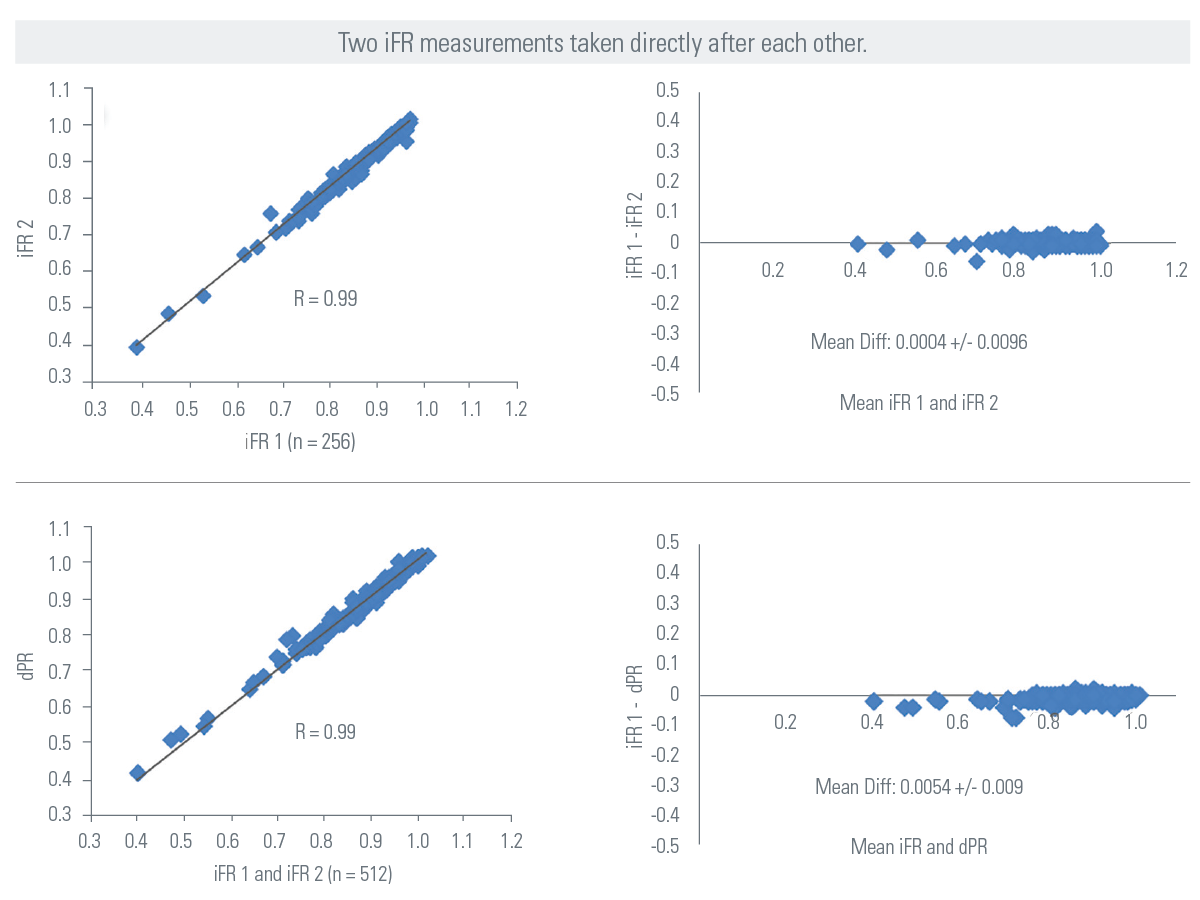
CONTRAST + VERIFY 2 Pooled Analysis: dPR = iFR
What is Pd/Pa?
Pd/Pa calculates the entire cardiac cycle at rest.
Pd/Pa = iFR, like °C = °F
“Pd/Pa seems to offer a universal resting physiological metric with equivalent agreement to iFR. Although not numerically identical, 1 index can be linearly transformed into the other, much like the conversion of units of temperature. Using the binary cutoff of iFR ≤0.89 as a reference standard, Pd/Pa showed excellent agreement according to ROC curve analysis and the best cutoff value of Pd/Pa was ≤0.91.”
-Kobayashi Y, et al. JACC Oct 2017.
How do Pd/Pa and iFR compare?
Unlike iFR and FFR which only contain 66% of the same information, Pd/Pa and iFR contain 95% of the same information. Therefore, a Pd/Pa cutoff of 0.91 = an iFR cutoff of 0.89 as shown in Resolve, Verify 2 and Kobayashi et al.4,5
Pd/Pa and iFR contain 95% of the same information
Pd/Pa |
iFR |
|
|---|---|---|
Single Cutoff6 |
≤0.91 |
≤0.89 |
Hybrid Algorithm7,8 |
0.88-0.97 |
0.86-0.93 |
FDA-Cleared9 |
✔ |
✔ |
Inclusion in Appropriate Use Criteria10,11 |
✔ |
✔ |
SCAI/ACC Reimbursement Recommendation12 |
✔ |
✔ |
Equivalent Correlation to FFR13,14,15,16 |
✔ |
✔ |
Equivalent Correlation to CFR17 |
✔ |
✔ |
Results Integrate into All Major Hemodynamic Systems |
✔ |
X |
ECG-free Algorithm Widely Available18 |
✔ |
X |
Workhorse Pressure Guidewires Available |
✔ |
X |












